Earth
Sign up for our newsletter
We summarize the week's scientific breakthroughs every Thursday.
-
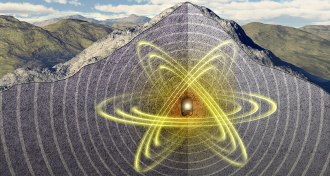 Earth
EarthHow earthquake scientists eavesdrop on North Korea’s nuclear blasts
Researchers monitor the power and location of underground nuclear weapons testing by North Korea.
-
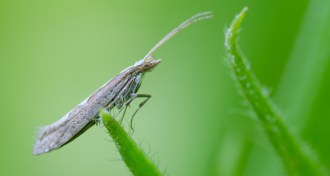 Agriculture
AgricultureGM moth trial gets a green light from USDA
GM diamondback moths will take wing in a New York field trial.
-
 Climate
ClimateRising temperatures may mean fewer passengers on airplane flights
Global warming could force airplanes to carry a lighter load — and fewer passengers —on each flight.
-
 Climate
ClimateRising temps may mean fewer passengers on airplane flights
Global warming could force airplanes to carry a lighter load — and fewer passengers —on each flight.
-
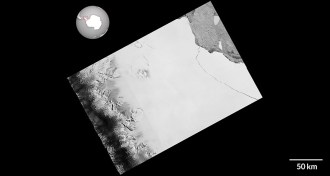 Earth
EarthDelaware-sized iceberg breaks off Antarctic ice shelf
An iceberg about the size of Delaware splintered from the Larsen C ice shelf in one of the largest calving events ever recorded.
-
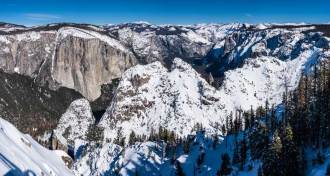 Earth
EarthSnow and rain tug on earthquake faults in California
California’s water cycle is linked to periodic increases in small earthquakes.
-
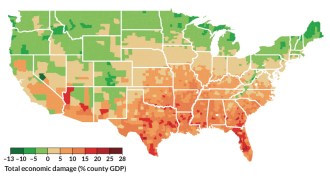 Climate
ClimateClimate change could exacerbate economic inequalities in the U.S.
Counties across the United States won’t all pay the same price for climate change, a new simulation predicts.
-
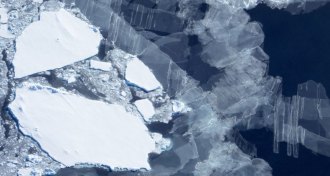 Earth
EarthBattering storms caused Antarctic sea ice to shrink at record pace
Unusually intense storms could explain why Antarctic sea ice shrank to its smallest observed extent this year.
-
 Chemistry
ChemistryEvery breath you take contains a molecule of history
In 'Caesar’s Last Breath', best-selling author Sam Kean tells vivid stories about the gases we can’t see.
-
 Environment
EnvironmentNew material could filter water contaminants that others miss
A new polymer offers a better way to pull fluorine-containing pollutants out of drinking water.
-
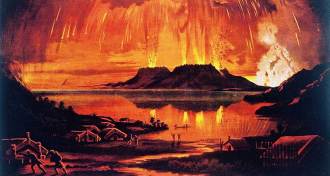 Earth
EarthMagma stored under volcanoes is mostly solid
Ancient zircon crystals provide clues about the magma that fuels volcanic eruptions.
-
 Climate
ClimateReaders question climate’s freshwater effects
Warming lakes, windmills for the Arctic, mosquito control and more in reader feedback.